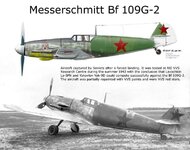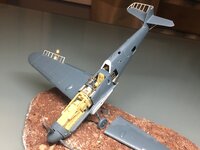That aircraft has been dis-assembled. look at the rear wing spar - no damage to the fitting, so the bolts have been removed. And as someone else said - the gear is down.
And the other wing has been reassembled without the root fairing.
Yep .. and also if the wing would come away during the landing it should be lying elsewhere.
And what is more, the pilot had a lot of time to prop the plane with a rust pipe. He might have tried to lift the kite in order to reinflate of the punctured tyre.


